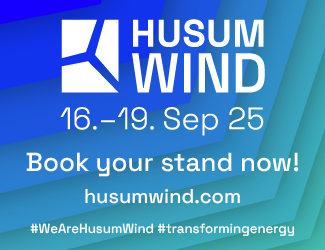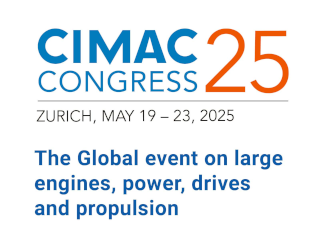Rate levels for most liquid segments below panamax are still far below last year. Large gearless tonnage is still in high demand, writes Michael Hollmann
Frustration among tramp owners and managers of container vessels is growing as this year’s second quarter heralds only meagre improvements[ds_preview] to charter rates for all kinds of size classes expect the largest gearless vessels. The New ConTex which covers hire rates for 1,100–4,250TEU vessels posted only a minor increase of 1.0% over the past 4 weeks. This time last year, the same market sector was recording month-on-month increases in the mid-to-high single digits. The firmer trend over the past 2 months was by far not enough to catch up on the losses sustained during the second half od 2018. The result is that average rates for ConTex-type vessels keep hovering 20–25% lower than 12 months ago with little variation.
As things stand, spot charter earnings are covering operating costs and a few thousand dollars more which may be fine for older, debt-free vessels. Earnings are not sustainable at all, though, for newly delivered vessels, employed in the spot market.
According to chartering brokers, tonnage demand cooled off a bit since Easter for some of the smaller sectors below 4,000TEU, albeit for no apparent reason. Geared 1,700TEU ships which made continuous headway over the past weeks, pushing rates for standard Wenchong types to over 8,000$ per day in Asia, are now facing problems taking rates to the next higher level.
»The last 2 weeks were rather quiet, with a few ships lying spot and waiting for their next employment and a couple of eco designs potentially coming open soon, too,« noted one German broker in a market round-up for his principals. Alphaliner reported a rise in spot vessels in the 1,500–1,999TEU sector from 5 to 8 between end of April and early May.
Demand for gearless 2,700TEU ships in Asia seems to have slowed a bit as well, with rates for the popular Aker/Baltic type vessels steadying in the low $ 9,000’s lately. Sluggish demand was also reported for 1,300TEU ships and for the smallest feeders of 1,000TEU and smaller. One particular type bucking the trend, however, was the modern SDARI 2100/2200 (2,200/2,300TEU geared) which suddenly saw all idle vessels hoovered up by liner operators. Fixing levels firmed up slightly to 10,750$/day (SDARI 2100). The favourable speed/consumption ratio of this type is likely to have gained greater attention again following the bunker price increases earlier this year.
The market fundamentals have turned more sour over the past weeks, as the escalating trade war between the US and China could spell a reduction in trade volumes in the key transpacific trade. On the other hand, there is still hope that the growing impact of the 0.5% sulphur cap (»IMO 2020«) could come to the rescue of shipowners in the coming months. Tank cleaning operations and scrubber retrofits could cause tonnage shortages if analyst predictions of a temporary withdrawal of up to 6% of vessel capacity due to retrofits in the second quarter come true.
The looming fuel price hike associated with the switch to 0.5% low-sulphur grades is already considered to be major driver for the rate boom for post-panamax tonnage. Contrary to the smaller size classes, ships of 6,000TEU and larger enjoyed further substantial increases over the past month. Standard 8,500TEU ships, for example, are reported to be assessed at 26,500$ per day versus 24,000$ some weeks ago. Older 6,000TEU and wide-beam 6,800TEU vessels registered similar increases. This has been driven by operational consolidation of services in a bid to exlpoit greater fuel efficiencies. One major broker pointed out that there have been several upgrades of vessel loops »to the effect of utilizing the largest possible vessels.« There are still open requirements by liner operators amid very tight tonnage supply, hence rates for post-panamaxes could see further improvements over the coming weeks. Already, fixing levels for 8,000–9,000TEU ships are a few thousand dollars higher then during last year’s peak in the second quarter.
Michael Hollmann















